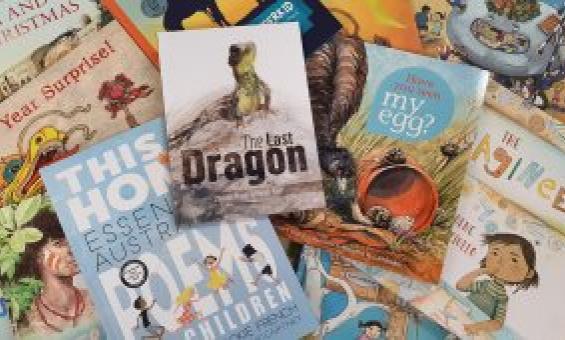Digital Classroom
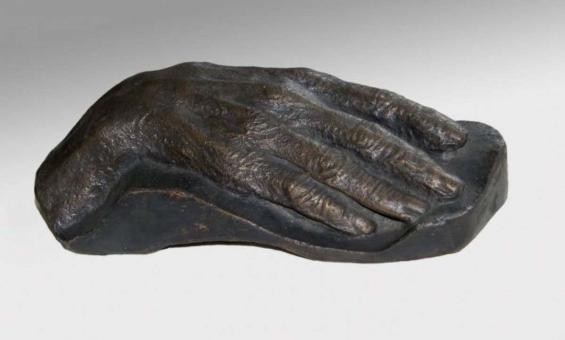
Nelson Illingworth, Cast of Henry Lawson's hand, ca. 1922 [realia], nla.gov.au/nla.obj-139632985
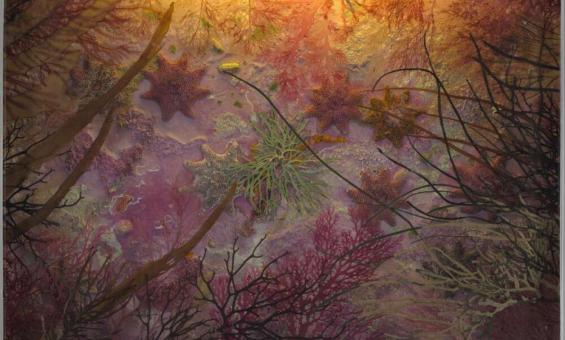
Jeannie Baker, Hidden Forest, Endpapers, 2000, nla.gov.au/nla.obj-971313378
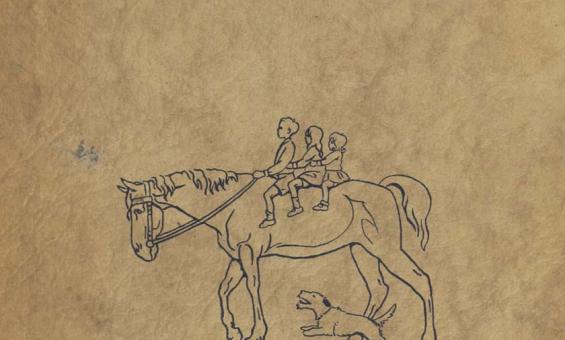
Ruth Hawker and Nora Young, Us three outback, 1932, nla.gov.au/nla.obj-3589536
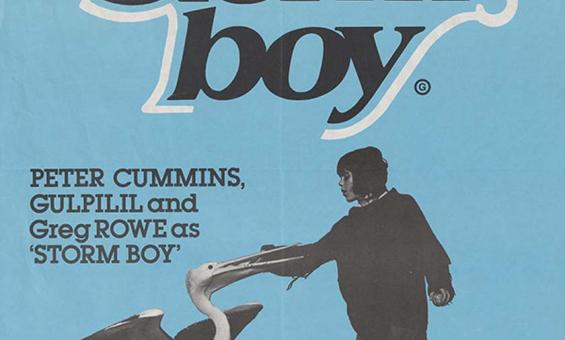
Every year has its special film - this year it's... [picture] : Storm Boy, 1976 nla.gov.au/nla.obj-133752089
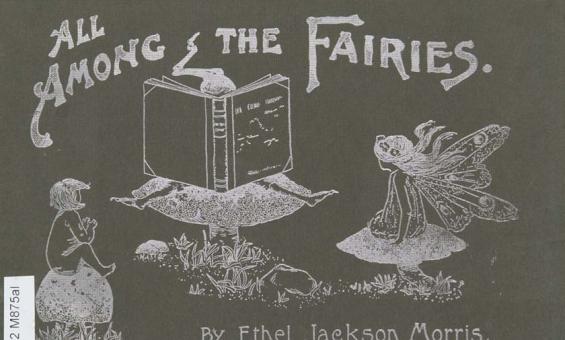
Ethel Jackson Morris, All among the fairies, 1909, nla.gov.au/nla.obj-22387121
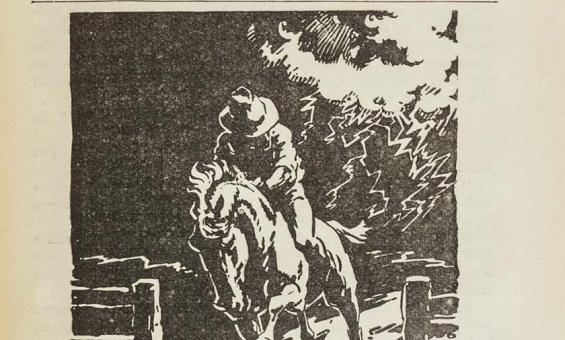
New South Wales. Department of Education, The Warrumbungle Mare. (1 September 1949). In The School Magazine of Literature for Our Boys and Girls, Vol. 34, no. 7 (Part 4, Class 6), nla.gov.au/nla.obj-827990456

Jeannie Baker, Hidden Forest, Endpapers, 2000, nla.gov.au/nla.obj-971313378

Jacqueline Mitelman, Portrait of Judith Wright, nla.gov.au/nla.obj-136372491

Virginia Wallace-Crabbe, Portrait of Judy Horacek, cartoonist, 1997, nla.gov.au/nla.obj-136400722
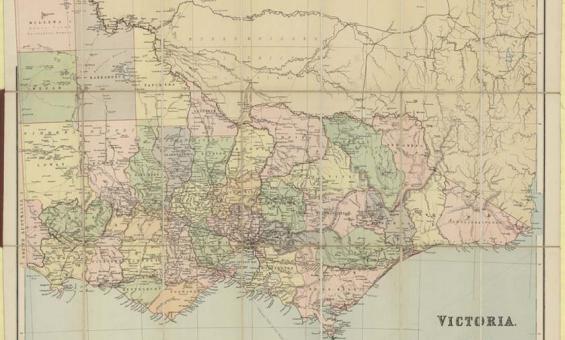
George Philip & Son, Victoria, 1885, nla.gov.au/nla.obj-232528783

Joan Lindsay & Andrew Fabinyi, Typescripts, [ca. 1967], nla.gov.au/nla.obj-573778720
